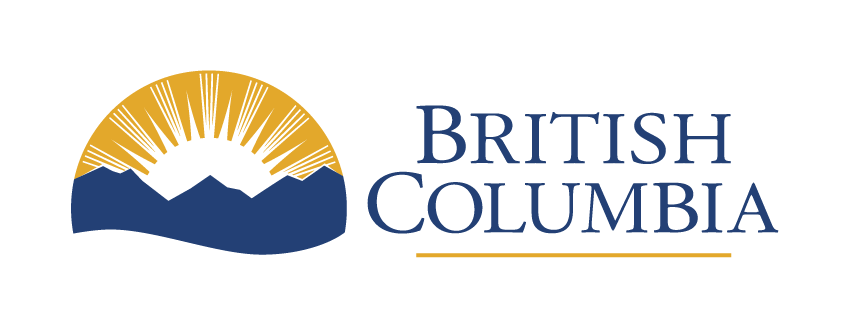Plain language: design
The way your text looks on the page can make it easier to read and understand. Research shows that the following techniques help readers find what they're looking for quickly and easily.
This is the third step in writing plain language.
- Audience and purpose – Know who you're writing for and why
- Structure – Organize your ideas in a clear, logical way
- Design – Make your text easy to read and navigate
- Expression – Use everyday words and a natural tone
- Evaluation – Test and improve your writing
Use headings
Headings help readers scan through your text to find what they're looking for.
Benefits of headings:
- Make important sections stand out
- Help to structure and organize your text
- Simplify navigation for screen reader users
Use bullets and lists
Bulleted and numbered lists should be used whenever appropriate. Use them to:
- Break up long sentences
- List step-by-step instructions
- Highlight action items
Break up large paragraphs - use white space
Keep paragraphs short and focused on a single idea. The first sentence should summarize what the paragraph is about.
When editing, look for long paragraphs and split them into smaller chunks.
Next component
Once you've completed the exercise, go to the next component to learn about Plain language: Expression.
